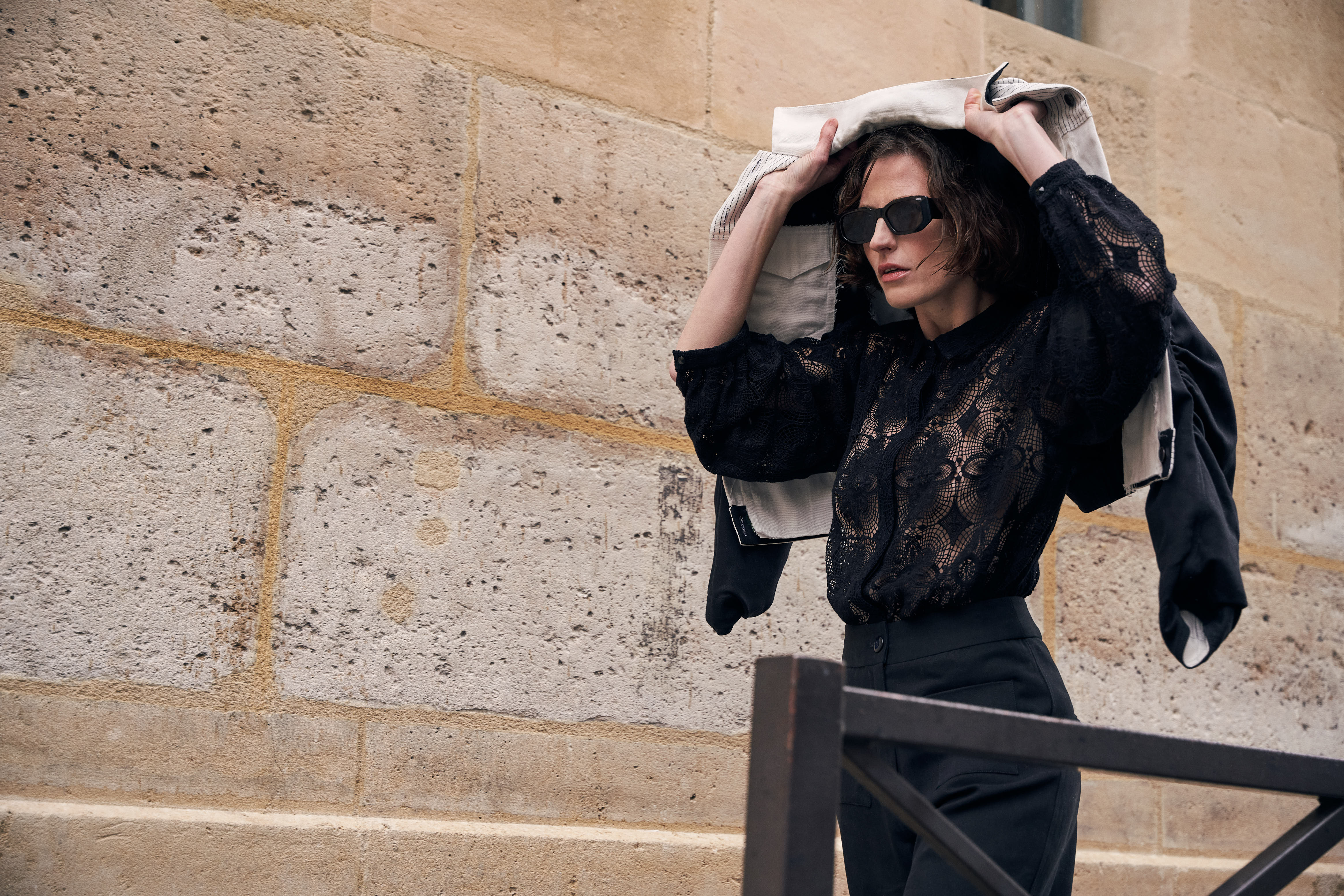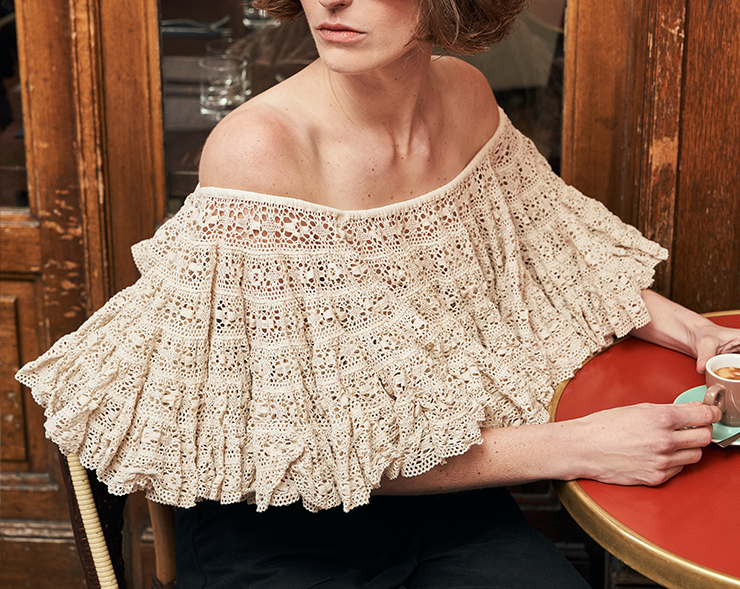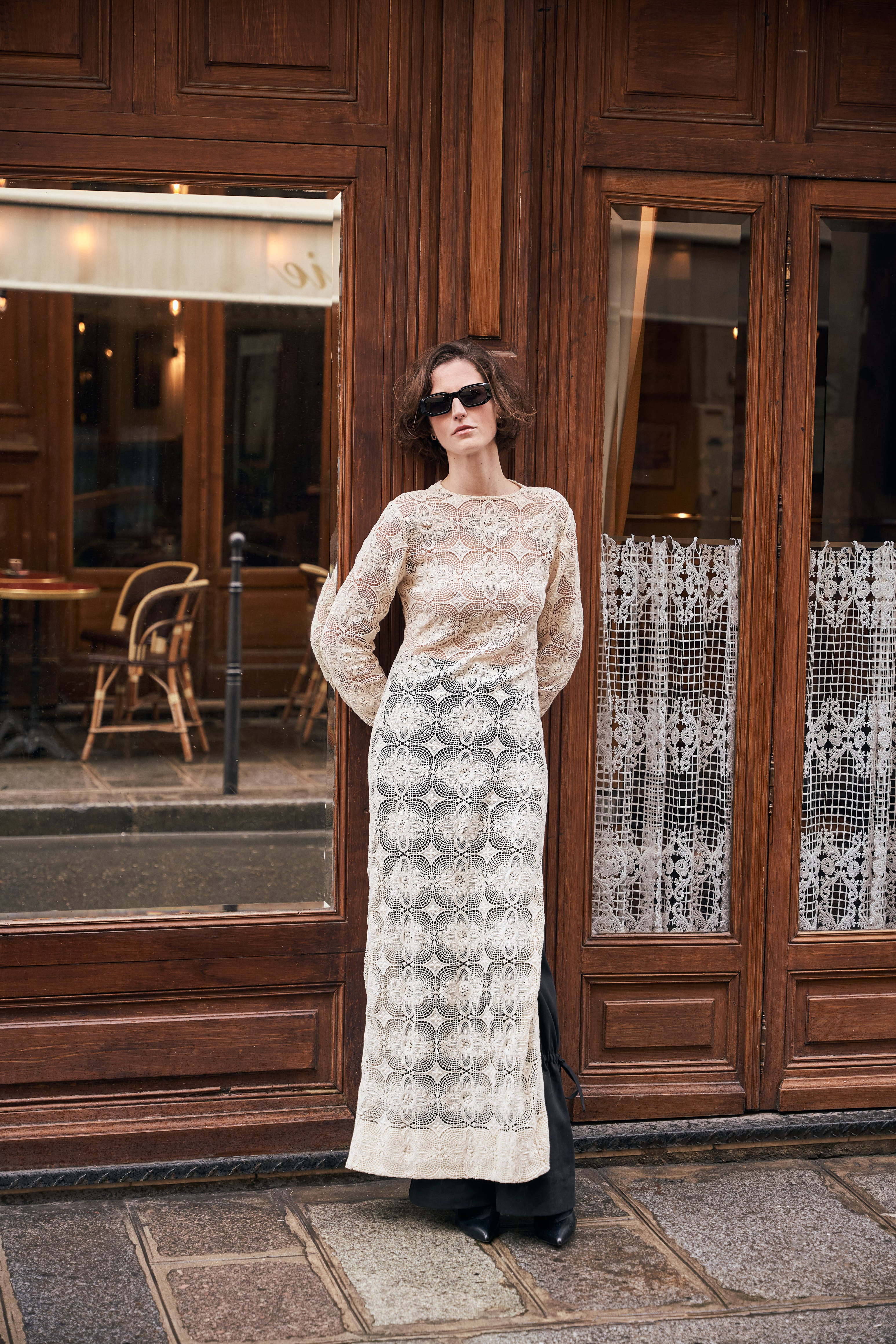Yoann Ximenes
Yoann Ximenes transforms sound and words into art. We're not talking about oratory art. The young artist, living in a town near the Pyrénées where he grew up, far from the Paris art circles, transforms sound into sculptures. Influenced by the culture of mute people through his partner who teaches mute and deaf children, he makes the invisible visible - Obama’s “Yes We Can” becomes a 2 meter high sculpture; Martin Luther King’s “I have a Dream transforms into another one. He calls these shapes “Mantras”. The first cry of the first in vitro baby becomes art, as the sound of long ago extinct birds as well as the vibrations of the Earth. “Words have a power that shapes the world,” says Ximenes, “they can dictate reality,” echoing Thomas Mann’s quote: “Has the world ever been transformed by anything other than thought and its magical ally: words?”
We have been inspired by the work of Yoann Ximenes in designing our new collection, Listening to the Earth. The “song” of one of his extinct birds is hand embroidered on our garments.
We spoke with Yoann just before the launch of our collection to explore his work further which makes us so aware of the power of silence.

Q. How did you become interested in sound in your practice as an artist ?
Yoann Ximenes I was an art student and my partner was teaching deaf children through sign language and that intrigued me. Sign language is the materialization of sound. I started seeking and experimenting on how to materialize language, how to represent sound in a material way.
Q. How did you proceed ?Y.X. With technology, today we have access to lots of sounds, lots of words. You can record them on your cell phone. I kept thinking about deaf children. I was thinking that when you are a child, you listen to what adults are saying, you hear things about what’s going on in the world. What has an impact in the world is harder for these children to access - Martin Luther King’s I have a Dream speech, or Obama’s Yes We can. I started to get interested in famous speeches which acted as mantras. They affected the people who heard them. These famous speeches influenced the world.
Q. What was the next step ?Y.X. I looked for a way to reproduce these speeches. I’d walk around Paris with cotton and aluminum in my ears to block all sounds and try to find a way to transcribe these speeches or the sounds without actually hearing them ! That gave me the idea of sonograms: when it’s silent, you just see a flat line, when the sound is high, there’s a sudden peak. That’s how I created “Mantras”. It’s a representation of sounds, like a portrait. I wanted them to have the size of humans, so the smallest one is 1.40m, the tallest one, 2.80m. On average, they are all around 2.00m.
 Q. What are the “Mantras” made of ? How did you choose the material ?
Q. What are the “Mantras” made of ? How did you choose the material ?
X.Y. I chose the cheapest material I could find: styrofoam. In my work, I like poor material. Also, it’s used in buildings and these speeches have built the world. It’s white, which in our culture is the symbol of neutrality. I would recycle sheets of styrofoam. I did everything by hand. I also worked with wood. Then I thought these “Mantras” were like a chess game: some pieces are black, some are white. I wanted to show how these famous speeches influenced our lives. Words are an instrument to act.
Q. Tell us about “Souvenirs from Earth”. Where did the idea come from ?X.Y. I am often influenced by what I read: essays on philosophy, sociology, economy, etc. Art is a tool which allows me to be interested in pretty much everything - speeches, planets, species, etc. For Souvenirs from Earth, it started with a book by French philosopher Michel Serres. In that book, he talks about the loss of sounds, about animal calls. He lists 20 animal sounds we are hearing less and less. There’s a richness of voices in nature, but humans are deaf to the sounds of the world.
Q. How did you start thinking about representing sounds of birds which are extinct ?Y.X. I met with Jérôme Sueur, an bioacoustician at the Museum National d’Histoire Naturelle, in Paris. I learned about the importance of sound between animales of the same species, but also across species. Also, I liked the idea that birds are like sentinels. I made a list of all the birds that are on the verge of extinction or extinct since colonial times. There is a list of 250 species. I then contacted the British Library which has an extensive library of sounds. I wanted to represent real sounds that we will no longer be able to hear. It’s my way of acting for the preservation of the biosphere. These small sculptures are able to trigger emotions much bigger than just reading a list of extinct birds.

Y.X. I was just able to find the sounds of these recently extinct birds.
Q. How did you then proceed ?Y.X. I sculpted the sonogram and I decided to place the shape under a glass dome, like in a taxidermy shop. To represent the sound of these extinct birds, I used coal powderl. It has the texture of wet sand. Coal comes from the earth, it’s alive, burned, fossilized; it’s black, which is the color of mourning in our culture, but it also represents the destruction of forests like the Equatorial forest. Forests, which are the habitats of birds, are continuously being burned to make space for agriculture. Each sculpture is 25 cm high and the glass dome 33 cm. We can see the richness of sounds lost forever
 Q. You also created a piece called “Louise’s Big Bang”. What is it ?
Q. You also created a piece called “Louise’s Big Bang”. What is it ?
Y.X. The Big Bang is the first cry of the universe. It happened 13.7 billion years ago. It still persists as radio waves. That gave me the idea for the Big Bang de Louise. Born in 1978, Louise Brown is the first human conceived by in vitro fertilization. I worked at representing her first cries. I cut her first 2 seconds into six sequences. As sound creates shapes, I placed sand on a metal plate and it gave us a visualization of Louise’s first cry. I ended up with six representations of these first two seconds of the baby’s sounds.
Q. You have also represented a landscape through sound. The piece is called Speechscape 31° 47’ N / 35° 13 E. What is it ?Y.X. These are the exact coordinates of Jerusalem. I painted the mountains around Jerusalem. Then I represented graphically two opposite speeches: Ben Gourion’s announcing the creation of the State of Israel, and Yassir Arafat, announcing the creation of the State of Palestine. These two speeches become a volume, a speechscape. On each side you have one of the speeches. When you are looking at one landscape created by one speech, you cannot see the other one. You cannot see both realities at the same time. It’s like in real life: two people talk about the same thing, but they don’t understand each other.
Q. How would you define your relationship to sound ?X.Y. To me, everything is sound material. I see everything as sound. I constantly try to imagine how to transcribe sounds. I listen to a lot of music, but in my work, the major influences are books, but also poetic objects disconnected from science. To me sound is an idea, not data.
Jean-Sébastien Stehli





